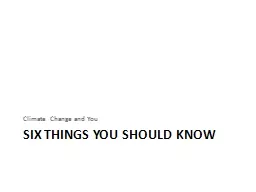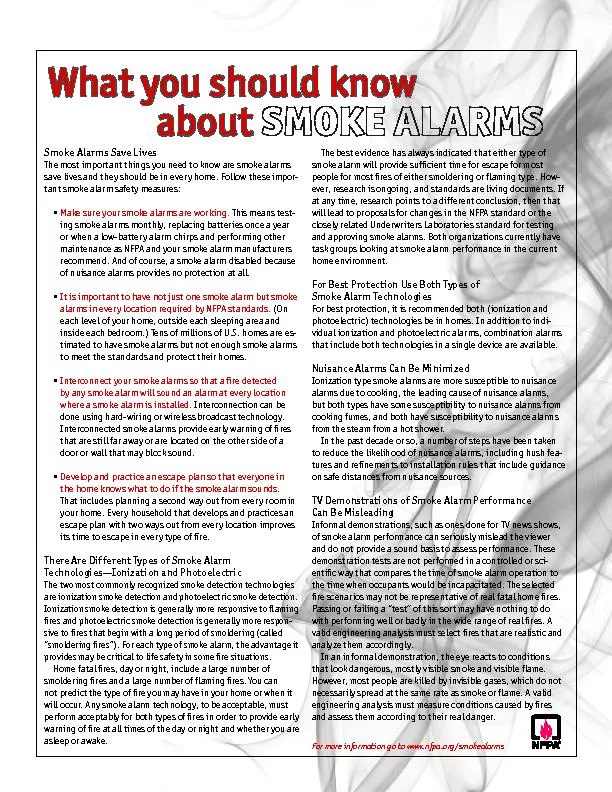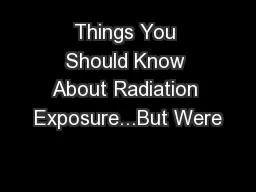PPT-Six Things you should know
Author : liane-varnes | Published Date : 2019-11-21
Six Things you should know Climate Change and You 1 There is weather and then there is climate Weather is Short term changes in atmospheric variables such as temperature
Presentation Embed Code
Download Presentation
Download Presentation The PPT/PDF document "Six Things you should know" is the property of its rightful owner. Permission is granted to download and print the materials on this website for personal, non-commercial use only, and to display it on your personal computer provided you do not modify the materials and that you retain all copyright notices contained in the materials. By downloading content from our website, you accept the terms of this agreement.
Six Things you should know: Transcript
Download Rules Of Document
"Six Things you should know"The content belongs to its owner. You may download and print it for personal use, without modification, and keep all copyright notices. By downloading, you agree to these terms.
Related Documents










![[DOWNLOAD] - Graduate School for Working Adults: Things You Should Know Before You Commit](https://thumbs.docslides.com/903465/download-graduate-school-for-working-adults-things-you-should-know-before-you-commit.jpg)
![[DOWNLOAD] - 50 Things to Know About Preparing for College: Tips and Secrets for College](https://thumbs.docslides.com/906989/download-50-things-to-know-about-preparing-for-college-tips-and-secrets-for-college-success-50-things-to-know-college.jpg)


